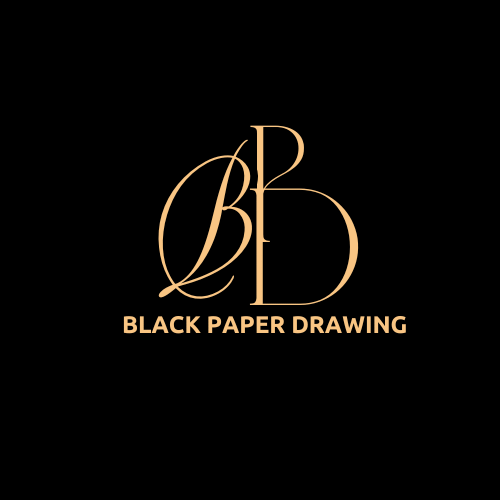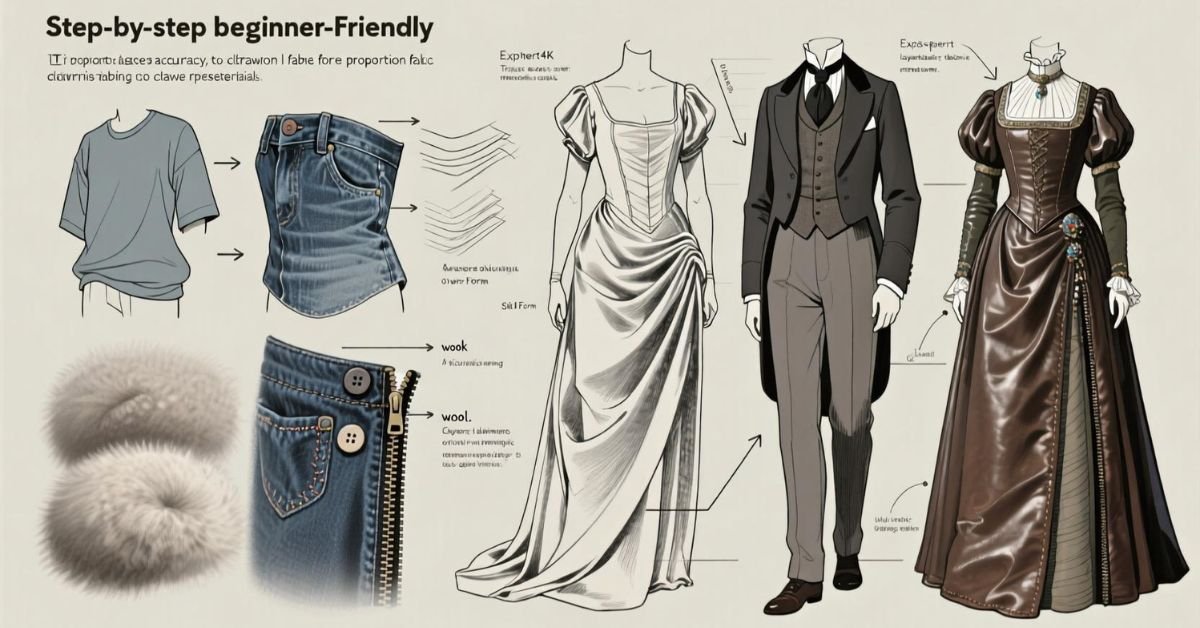A clothes drawing reference is a guide you use to draw clothing more accurately. It can be a photo, a live model, or even a 3D model. References help you see real folds, shapes, and fabric details.
Imagine drawing clothes without guessing where folds should be. With a good reference, you can make your drawings look more realistic and professional. It’s like having a visual teacher right in front of you.
In this guide, we will share the best tips for beginners to use clothes drawing references. You will learn how to choose, study, and apply them to improve your art.
Blog Categories
Blog categories are like folders for your posts. They group similar topics together. This helps readers find information quickly. It also makes your blog look neat and organized.
When creating categories, keep them simple and clear. They should match your main topics. Good categories make your blog easier to read and search.
- Use short and clear names
- Keep categories relevant to your content
- Avoid too many categories
- Group posts under the right topic
You Are Signed Out
You are signed out of your account. This means you cannot use some features right now. To continue, you will need to sign in again. This keeps your account safe and secure.
Signing in is quick and easy. Just enter your username and password.You can add extra protection to your account by using two-step verification.
- Click the “Sign In” button
- Enter your login details
- Use two-step verification if available
- Keep your password safe
Privacy Preference Center
The Privacy Preference Center lets you control your personal data. Here, you can choose what information you want to share. It helps you protect your privacy while using a website or app.
You can turn some settings on or off. You can also decide how cookies are used. This gives you more control over your online experience.
- Manage your privacy settings
- Allow or block certain cookies
- Control how your data is used
- Update your choices anytime
Use These Models to Help with Your Drawing/Art
Models can make your art better. They give you ideas for shapes, poses, and styles. You can use real-life models, photos, or 3D tools. This helps you understand proportions and details.
Using models also improves your skills. They guide you when you feel stuck or need inspiration. You can study them to learn new techniques.
- Try using photo references
- Use 3D model tools for poses
- Study real objects or people
- Practice drawing from different angles
How to Draw Full Body Clothes Step by Step?
Drawing full body clothes starts with a basic body outline. First, sketch the figure in simple shapes. Then, add the main clothing shapes over the body. This will help you get the right size and position.
Next, add details like folds, buttons, and textures. Pay attention to how fabric moves and fits. Practice different styles, such as casual or formal wear.
- Start with a light body sketch
- Draw the main clothing shapes
- Add folds and fabric details
- Practice different clothing styles
Easy Techniques for Drawing Full Body Clothes in Different Styles
Drawing clothes in different styles can be simple. Start with the body outline. Then, add clothing shapes that match the style you want. Use light lines first so you can make changes easily.
Focus on the style’s unique details. Casual clothes may have soft folds, while formal wear looks neat and structured. Practice different fabrics and patterns to improve your skills.
- Begin with a basic body sketch
- Match clothing shapes to the style
- Add style-specific details and textures
- Practice folds, patterns, and fabrics
Best References for Full Body Clothes Drawing
Good references make drawing clothes easier. They help you understand shapes, folds, and styles. You can use photos, fashion magazines, or online image libraries. These give you clear examples to follow.
You can also study real people or mannequins. Pay attention to how the fabric flows and fits on the body.The more you study, the better your drawings will be.
- Use fashion magazines for style ideas
- Search online for photo references
- Observe real people in different outfits
- Practice with mannequins or 3D models
Unveiling Historical Costumers’ Treasures
Historical costumes are full of beauty and detail. They tell stories about different times and cultures. Each piece shows the style, fabric, and skills of the past. Studying them can inspire your own art and designs.
You can find these treasures in museums, books, or online collections. Look closely at patterns, stitching, and accessories. They will give you ideas for authentic and creative clothing designs.
- Visit museums with costume displays
- Explore online historical fashion archives
- Study patterns and fabric choices
- Notice details like buttons, lace, and embroidery
Embrace the Endless Inspiration
Inspiration is all around you. It can come from nature, people, colors, or even sounds. When you stay open to new ideas, your creativity grows. Every moment can spark something new.
Keep your mind curious and your eyes open. Explore different places, styles, and cultures. The more you see and learn, the more ideas you will have for your art.
- Observe nature and daily life
- Explore art from different cultures
- Try new creative activities
- Keep a sketchbook for sudden ideas
Understanding Clothing Folds
Clothing folds show how fabric moves and bends. They make your drawings look real. The way folds form depends on the fabric type and how the body moves. Soft fabrics have smooth folds, while stiff fabrics have sharp ones.
Studying folds helps you add depth and detail. Notice where fabric pulls, hangs, or gathers. Practice by looking at real clothes or photo references.
- Observe how fabric folds in different poses
- Study soft vs. stiff fabric behavior
- Practice drawing folds from real life
- Use light lines first, then add details
Foundations of Drawing Clothes
Drawing clothes starts with understanding the body shape. First, sketch the figure using simple lines and shapes. Then, add clothing over it, making sure it fits the body naturally.
Pay attention to how clothes hang and move. Notice details like seams, folds, and layers. Practice will help you make your clothing drawings look real.
- Begin with a basic body outline
- Add clothing that matches the body’s shape
- Include folds, seams, and fabric details
- Practice with different clothing types
Adding Realism to Fabric
Realistic fabric makes your drawings come alive. It shows weight, texture, and movement. Observe how fabric behaves in real life. Soft fabric flows smoothly, while heavy fabric falls in strong folds.
Use shading to show depth and texture. Add highlights where light hits and shadows where the fabric bends. This will make your drawing look more natural.
- Study different fabric types in real life
- Use shading to create depth
- Add highlights for light areas
- Show folds and creases clearly
Drawing Different Types of Garments
Different garments have unique shapes and details. Shirts, dresses, jackets, and pants all fit and move differently. Start with the body outline, then add the garment’s main shape.
Notice how each garment reacts to movement. Loose clothes have more folds, while tight clothes have fewer. Practice each type to improve your skills.
- Study the shape of each garment
- Observe how it fits the body
- Notice folds and movement patterns
Lighting and Shadows in Clothing
Lighting and shadows make clothing look real. Light areas show where light hits the fabric. Shadows show where the fabric bends, folds, or is blocked from light.
Pay attention to the light source in your drawing. Use soft shading for smooth fabrics and sharp shadows for thick ones. This will add depth and realism.
- Find the light source before shading
- Use light tones for highlights
- Add darker tones for shadows
- Match shading style to fabric texture
- Practice loose and tight clothing styles
Using Clothes Drawing References and Models
References and models make drawing clothes easier. They help you see real shapes, folds, and details. You can use photos, live models, or 3D tools to guide your work.
Studying from references improves accuracy. You can learn how fabric moves and fits on different body types. This will make your drawings more realistic.
- Use photo references for clear details
- Try drawing from live models
- Explore 3D pose and clothing tools
- Observe how fabric behaves in real life

